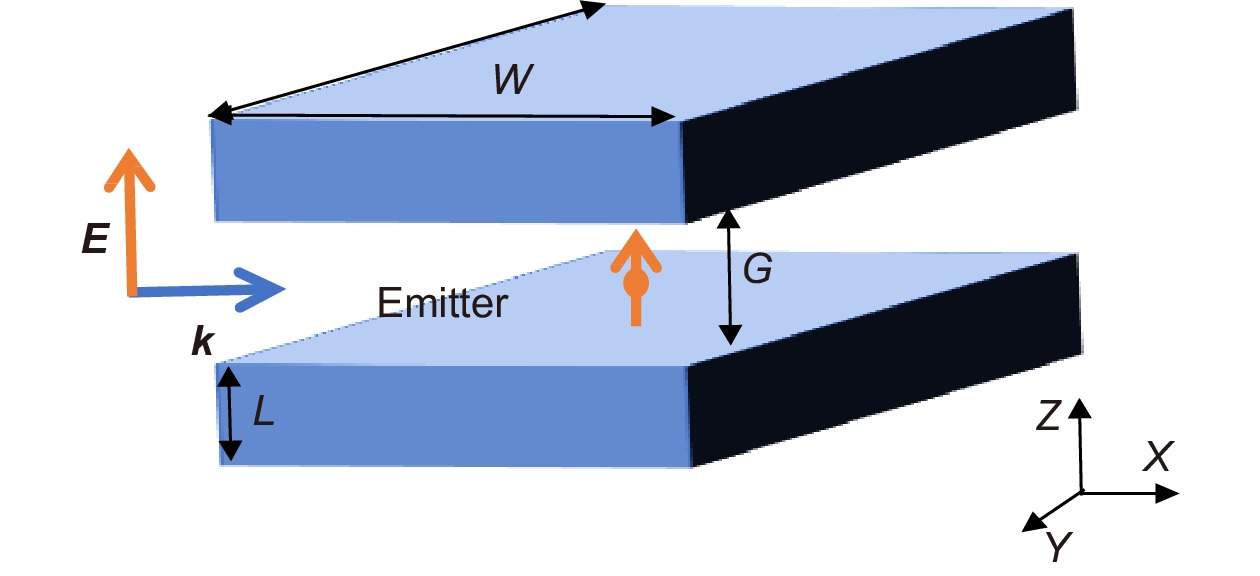Phys.org March 21, 2022
The Purcell effect is commonly used to increase the spontaneous emission rate by modifying the local environment of a light emitter. Researchers in China studied the scattering cross section, polarization charge distribution, and electromagnetic field distribution for electromagnetic plane wave illuminating the silicon dielectric cuboid nanoantenna and identified simultaneous existence of electric dipole (ED), magnetic dipole (MD) and electric quadrupole (EQ) emission resonance modes in this nanoantenna. When they calculated the Purcell factor of ED, MD, and EQ emitters with different moment orientations as a function of radiation wavelength by placing these point radiation source within the nanoantenna, the resonances wavelengths of the Purcell factor spectrum matched the resonance modes in the nanoantenna. Moreover, the maximum Purcell factor of these ED, MD and EQ emitters is 18, 150 and 118 respectively, occurring at the resonance wavelength of 475, 750, and 562 nm, respectively, all within the visible range. The theoretical results might help to explore and design the dielectric nanoantenna as a candidate to enhance ED, MD, and EQ emission…read more. Open Access TECHNICAL ARTICLE

Schematic of the silicon cuboid dielectric optical nanoantenna. Credit: Opto-Electronic Advances, 2022 Vol. 5, No. 2, 10024